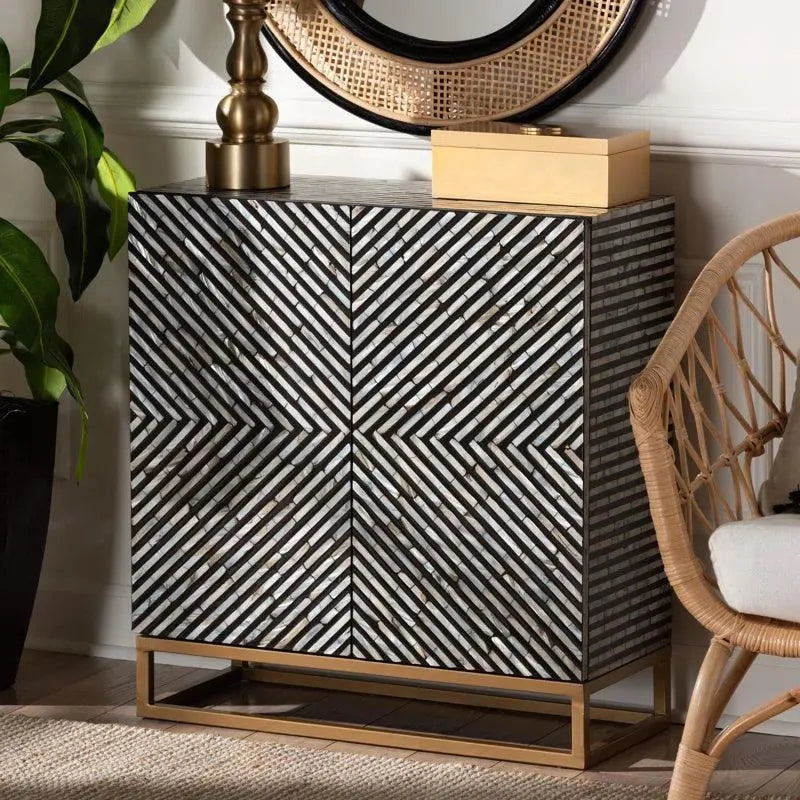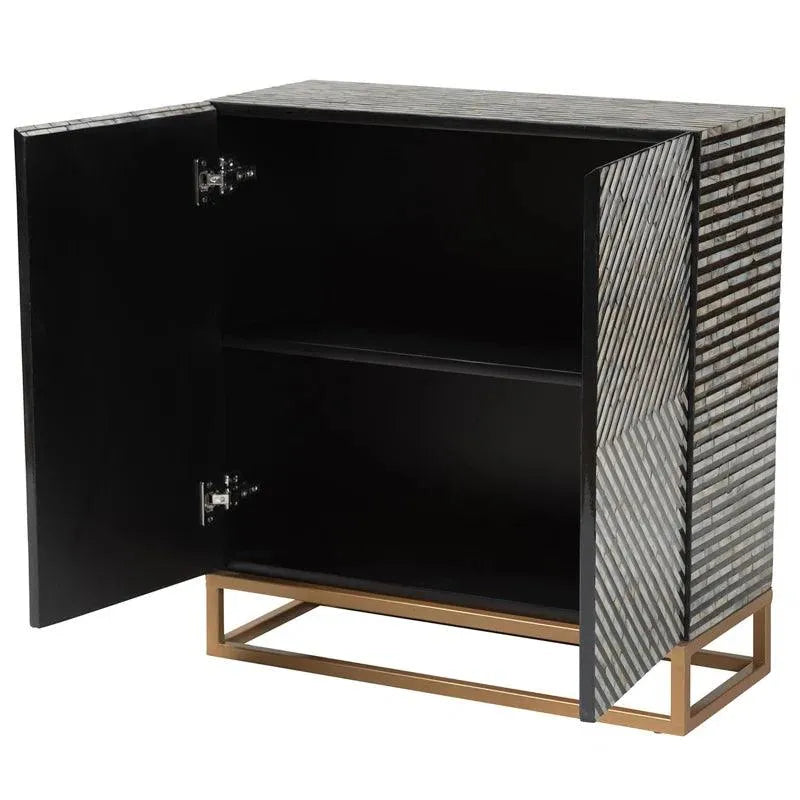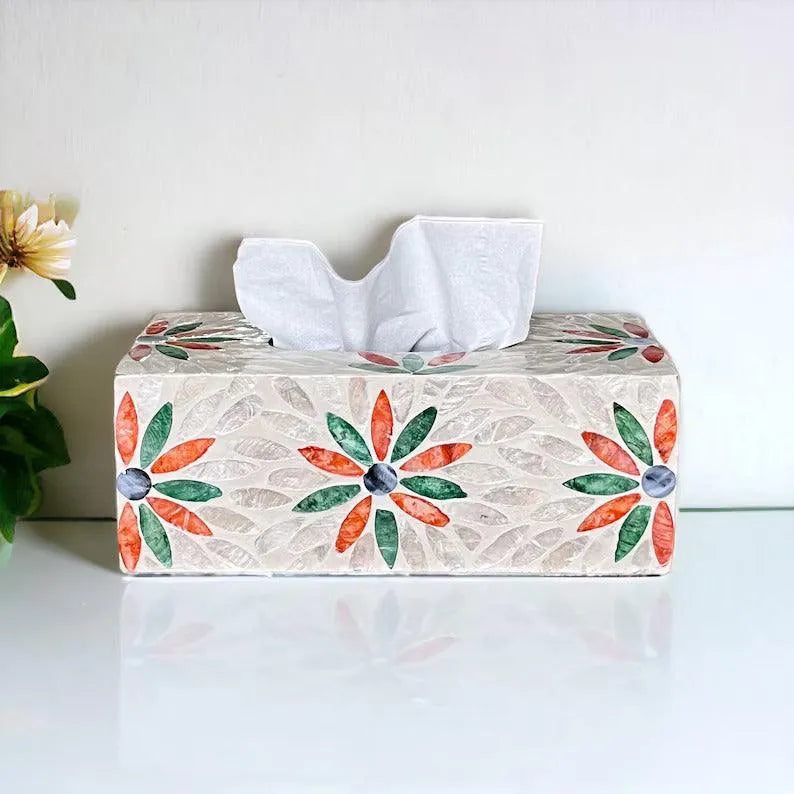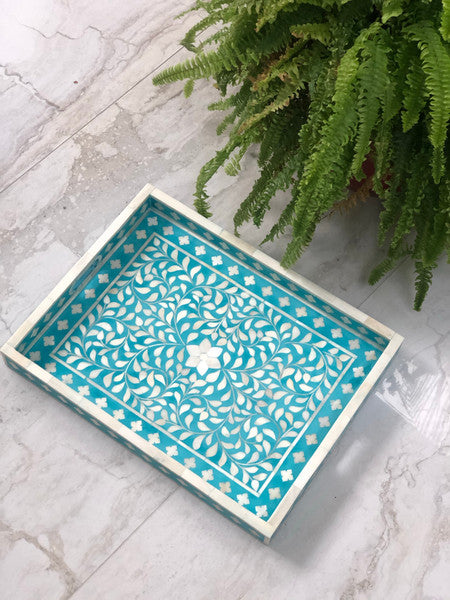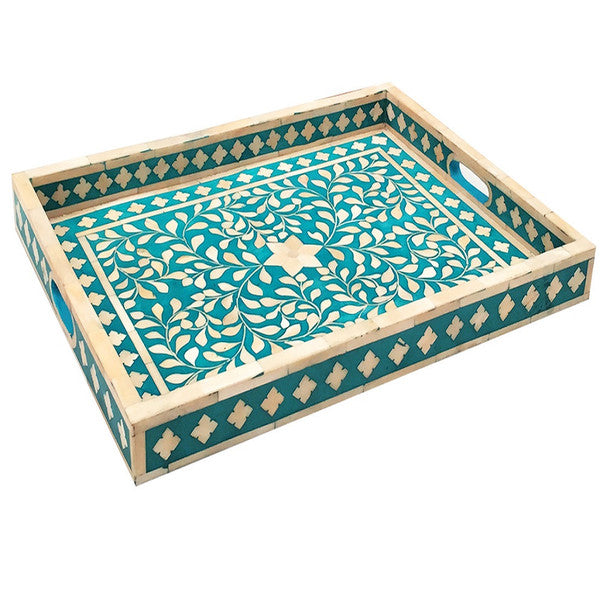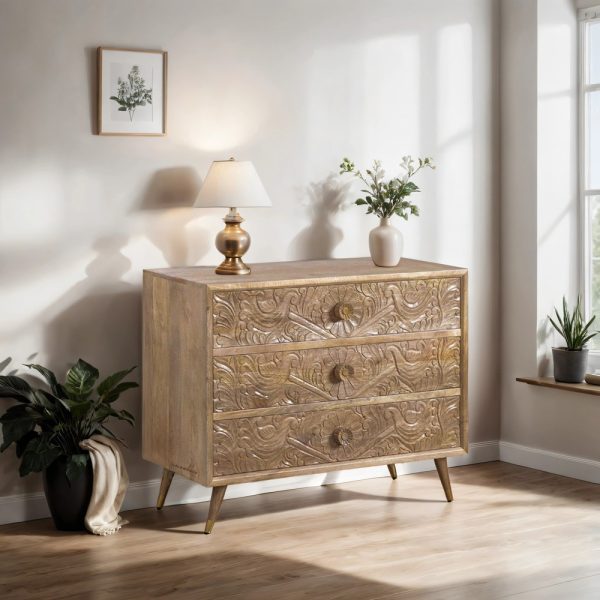Sheesham Wood vs Mango Wood: Pros, Cons, and Key Differences

When it comes to buying affordable wooden furniture for your home, Mango Wood and Sheesham Wood are among the top contenders. Both are highly popular in India and offer their own distinctive advantages and disadvantages.
As someone who has been running a furniture store in Kerala for the past three years, I am well-versed in both types of hardwoods and their characteristics, such as durability, aesthetics, price, maintenance requirements, and other factors.
If you are confused between the two, this blog post covers the differences between Sheesham wood and mango wood in depth. By the end of this post, you will be able to choose the right wood for your furniture. Let’s dive in!
Key Takeaways
-
Sheesham Wood emerges as the clear winner in the Mango Wood vs. Sheesham Wood debate due to its superior durability, strength, and aesthetics—ensuring that furniture is high in quality and built to last for generations.
-
Mango Wood is moderately lightweight with a balanced density. It features varied grain patterns and warm, natural colours, making it ideal for small or accent furniture pieces.
-
Sheesham wood is renowned for its strength and durability, which makes it well-suited for load-bearing furniture such as beds, wardrobes, and dining tables.
-
Financially speaking, mango wood is a wallet-friendly option, with prices typically ranging from ₹600–800 per cubic foot.
-
Mango wood is not termite resistant and is more prone to moisture-related damage, whereas sheesham wood benefits from a dense structure and natural oils that provide moderate resistance against termites and decay.
Overview of Mango wood

Image Source: Freepik
Mango wood is a moderately lightweight hardwood that is derived from the mango tree (Mangifera indica). It is primarily grown in tropical Asia, especially in countries like India, Myanmar, and regions of East Asia.
After mango trees complete their fruit-bearing cycle, which is typically after 15 to 30 years, they are harvested for timber. This practice not only makes efficient use of the trees but also positions mango wood furniture as an eco-friendly option.
Known for its moderate density, mango wood is prized for its versatility, affordability, and unique grain patterns. Although it may not be as heavy or durable as teak or sheesham wood, it strikes an excellent balance between strength and workability, making it a popular choice for both furniture and home décor.
Mango wood generally has a golden-brown colour with yellowish hues, though it can also display light red, pink, or dark brown stripes due to spalting—a natural process where fungi create beautiful colour variations.
Despite all the love that mango wood furniture gets, it does have its drawbacks. It is more susceptible to termite attacks than denser solid woods such as sheesham wood and requires protective coatings to enhance its durability.
Additionally, mango wood lacks natural weather resistance and can be prone to moisture-related damage if not properly treated.
Overview of Sheesham Wood

Image Source: Freepik
Sheesham wood, also known as Indian rosewood, is a versatile and highly valued hardwood that is known for its durability, strength and natural beauty.
Sourced from the Dalbergia sissoo tree (also known as Indian rosewood trees), Sheesham Wood is native to northern India, Nepal, Pakistan, and parts of Western Asia. These trees typically grow between 35 and 65 feet tall, with trunk diameters ranging from 2 to 3 feet.
The wood’s colour ranges from deep brown to reddish tones and features consistent, straight-grain patterns—sometimes interlocked— which enhance the aesthetics of any furniture piece.
Although Sheesham Wood commands a higher price than mango wood, its superior strength and longevity often justify the investment.
While no wood is entirely immune to termites, Sheesham Wood exhibits excellent termite-resistant properties due to its dense structure and natural oils, which also help protect against decay.
Talking about its drawbacks, one of the most common is its susceptibility to extreme heat and moisture, which can cause warping, cracking, or splitting.
Therefore, it is essential to keep Sheesham Wood furniture away from direct heat sources (like fireplaces) and moisture and to avoid areas with drastic temperature fluctuations.
Also Read: Sheesham Wood vs Teak Wood: Pros, Cons, and Key Differences
Sheesham wood vs Mango wood: Pros and cons for making furniture
Pros Of Sheesham Wood
-
Durability and Strength: Sheesham wood possesses high density, which provides excellent strength and makes it ideal for heavy-duty furniture such as beds, wardrobes, and dining tables.
-
Affordability: Compared to premium solid woods like teak, Sheesham Wood is more cost-effective, with quality material starting at around ₹1000–1200 per cubic foot.
-
Aesthetic appeal: It offers a rich colour palette ranging from deep brown to reddish tones, often accentuated by distinctive darker streaks that add character to every piece.
-
Versatility: Thanks to its workable texture, Sheesham Wood is widely used not only in furniture but also in flooring, carvings, turned objects, and even musical instruments. Additionally, it serves as a sturdy base for bone inlay furniture.
Cons Of Sheesham Wood
-
Termite and Moisture Vulnerability: Although Sheesham wood's density and natural oils offer moderate resistance against termites and moisture, it is not completely termite-proof and can attract termites if the moisture content is high.
-
Environmental Sensitivity: Sheesham wood cannot withstand prolonged exposure to direct sunlight, heat, or excessive moisture and can cause the wood to dry out, lose its natural lustre, or develop cracks over time.
-
Maintenance Requirements: While generally low-maintenance, Sheesham Wood furniture benefits from regular polishing—ideally 1-2 times a year—with wax or a natural polish to preserve its glossy finish and protect against dust and minor scratches.
Pros Of Mango Wood
-
Lightweight & Easy to Handle: Mango wood is moderately lightweight, making it ideal for movable furniture such as dining chairs, side tables, and sideboard cabinets.
-
Unique Aesthetic Appeal: It features varied grain patterns—ranging from straight and interlocked to wavy—and natural colour variations, typically from golden-brown to yellowish hues, with occasional pink, red, or dark streaks from spalting. This combination gives each piece a unique, rustic charm.
-
Affordable: Mango Wood is much more affordable than premium hardwoods like teak, Sheesham, or oak, making it a budget-friendly option. Its price typically ranges from ₹600 to ₹800 per cubic foot, depending on factors such as quality, moisture content, and region.
-
Sustainable: Sourced from trees that have stopped bearing fruit, Mango Wood is an eco-friendly choice that prevents intentional deforestation.
-
Versatile Applications: Thanks to its moderate durability and attractive natural finish, Mango Wood is suitable for a wide range of indoor projects—from furniture and flooring to decorative items and even musical instruments.
Cons Of Mango Wood
-
Limited Load-Bearing Capacity: While mango wood is perfect for small furniture such as chairs, side tables, cabinets, etc, its moderate density makes it less ideal for large, weight-bearing furniture (like beds or big wardrobes).
-
Prone to Pests: Mango wood's high starch content makes it more prone to termite attacks and can also lead to fungal growth if not treated properly.
-
High Maintenance Needs: Mango wood furniture requires regular maintenance such as oiling and waxing to prevent cracking and preserve its natural beauty and structural integrity, especially in drier or more extreme environments.
-
Environmental Sensitivity: Lacking natural weather resistance, Mango Wood is more prone to warping, swelling, or cracking when exposed to moisture, heat, or direct sunlight.
-
Not Suitable for Outdoor Furniture: Due to its inability to withstand extreme weather conditions, Mango Wood is best suited for indoor furniture, where it remains durable and retains its beauty.
Also Read: 15 Easy Small Balcony Garden Ideas To Spruce Up Your Home
Key Differences Between Mango Wood and Sheesham Wood
Durability & Strength
|
Mango Wood |
Sheesham Wood |
|
| Density & Weight | Moderately lightweight with moderate density, which limits its inherent strength. | Denser and heavier, contributing to higher strength and overall durability. |
| Load-Bearing Capacity | Suitable for smaller furniture pieces; larger items may require reinforcement to prevent bending or warping. | Exhibits superior load-bearing capacity, making it ideal for larger, structural furniture without extra support. |
| Structural Stability | More prone to warping, bending, or cracking over long periods without proper support. | Less prone to warping, bending, or cracking, offering superior dimensional stability. |
| Lifespan | When cared for properly, it can last for 15–30 years on average. | When cared for properly, it can last for generations, and sometimes even up to 100 years. |
Appearance & Aesthetics
|
Mango Wood |
Sheesham Wood |
|
| Grain Patterns | Offers varied and unique grain patterns that can be straight, interlocked, or wavy, often featuring natural knots and streaks. | Typically exhibits a predominantly straight grain pattern, though it can occasionally appear interlocked or wavy. |
| Colour Palette | Displays warm colours ranging from golden-brown to yellowish, often accented with light red, pink, or dark brown streaks due to natural spalting. | Features a rich colour spectrum ranging from deep brown to reddish tones; spalting is uncommon. |
| Overall Aesthetics | Delivers a unique, organic, and artisanal feel, with each piece offering distinctive character and a casual, rustic charm. | Provides a classic and sophisticated look that complements both traditional and modern furniture designs. |
Application & Use
|
Mango Wood |
Sheesham Wood |
|
| Furniture Applications | Best suited for smaller or accent pieces such as dining chairs, side tables, cabinets, and nightstands; larger pieces may require extra support. | Ideal for larger, heavy-duty furniture such as beds, wardrobes, and dining tables, without needing additional reinforcement. |
| Structural Reinforcement | Often requires additional reinforcement (e.g., thicker panels, extra legs, or metal braces) to cover extended spans effectively. | Naturally strong with superior stability, minimizing the need for extra support even in large installations. |
| Indoor vs. Outdoor Use | Primarily used indoors due to its vulnerability to moisture and termite attacks. | Mainly used indoors; however, with proper treatment, it can be suitable for semi-outdoor settings. |
| Versatility & Other Applications | Used not only in furniture making but also in musical instruments, veneer and plywood production, decorative crafts, and flooring. | Employed in various applications including furniture, musical instruments, handicrafts, flooring, and even boatbuilding in certain cases. |
Maintenance & Care
|
Mango Wood |
Sheesham Wood |
|
| Maintenance Needs | Requires more frequent maintenance due to its tendency to absorb moisture, which can lead to warping, cracking, and increased termite susceptibility if not properly sealed. | Requires lower maintenance overall because of its higher density and natural decay resistance, making it more durable under regular use. |
| Protective Treatments | Needs regular applications of protective finishes—such as oil, wax, or clear coatings—to preserve its unique grain and prevent drying or deterioration. | Requires only periodic polishing (about 2–3 times a year) with wax or natural polish to maintain its glossy finish and natural lustre. |
| Environmental Sensitivity | More sensitive to changes in temperature and humidity; best kept away from direct sunlight or heat sources to avoid drying and cracking. | More resilient against environmental fluctuations; however, it still requires protection from extreme sunlight, heat, and excessive moisture. |
Price & Availability
|
Mango Wood |
Sheesham Wood |
|
| Price | Budget-friendly, typically priced around ₹600–₹800 per cubic foot. Prices can range from ₹500 to ₹1,200 depending on quality, seasonality, and region. | Generally more expensive than Mango Wood, with prices starting from around ₹700. Good quality Sheesham Wood typically ranges between ₹1,000–₹1,200 per cubic foot, with variations based on quality, origin, and age. |
| Availability | Widely available, as it is a by-product of mango trees. | Widely available in regions like India, where it is native and abundantly grown. |
Environmental Impact
|
Mango Wood |
Sheesham Wood |
|
| Source & Growth Rate | Sourced from mango trees primarily grown for fruit; harvested after the fruit-bearing cycle (15–30 years). These trees typically have a rapid growth rate, ensuring a steady and renewable supply. | Derived from Dalbergia sissoo trees that are cultivated specifically for timber production. They mature relatively quickly (15–25 years), but their growth is dedicated solely to wood production. |
| Harvesting Approach | Timber is obtained as a by-product after the trees have fulfilled their fruit-bearing purpose. | Harvested from trees cultivated solely for timber. |
| Processing Impact | Requires less processing, thereby reducing its overall environmental footprint. | Often involves more intensive processing, contributing to a higher environmental impact. |
| Overall Sustainability | Considered more sustainable due to its status as a by-product of fruit production, which minimizes additional deforestation. | Can be sustainable when sourced from responsibly managed plantations or forests; however, targeted cultivation for timber may render it less sustainable compared to Mango Wood. |
Choosing Between Mango Wood and Sheesham Wood Furniture: Which is Better for You?

Image Source: Freepik
If you’ve read this far, you likely have an idea of which wood might best suit your needs. Ultimately, choosing the right hardwood for your furniture depends on your budget, the intended application, how much maintenance you’re willing to perform, and your personal taste.
If you are still confused between the two, let me break it down for you.
Choose mango wood if:
-
You're on a limited budget and need decent-quality furniture that can last 15–30 years.
-
You plan to create smaller or accent furniture like dining chairs, side tables, cabinets, or bookshelves, which do not require the extreme strength needed for larger pieces.
-
If you're willing to invest in regular maintenance to preserve the natural beauty and extend the lifespan of your furniture.
Choose sheesham Wood if:
-
You have a flexible budget and are looking for high-quality furniture which can last for several generations.
-
You’re planning to create large, structural pieces such as beds, wardrobes or dining tables where the robust nature of Sheesham wood is essential.
-
You prefer low-maintenance options since Sheesham Wood requires only minimal upkeep (typically once or twice a year).
Conclusion
In conclusion, both mango wood and sheesham wood have their own pros and cons and are suited for different needs, but if you're looking for a clear winner, Sheesham wood stands out. While mango wood is quite an affordable and sustainable option for smaller furniture pieces, it lacks the strength and durability required for heavy, long-term use.
On the other hand, Sheesham is denser, more durable, and more resistant to termites and moisture, making it ideal for solid, long-lasting furniture. Moreover, the price difference between the two is minimal, which makes Sheesham Wood the clear choice if you're looking for quality and longevity.
FAQ’s
Is Sheesham wood better than mango wood?
Yes, Sheesham wood is better than mango wood. Its higher density, strength, durability and resistance to termites make it a far better choice than mango wood.
Is mango wood good for furniture?
Yes, mango wood is a good option for furniture, especially for smaller or accent pieces like side tables, chairs, and cabinets. Its moderate density and affordability make it a great choice for movable furniture.
Is mango wood costly?
No, mango wood is relatively affordable compared to premium solid woods such as Sheesham, teak, or oak. In India, its price starts from ₹600-800 per cubic foot depending upon factors like quality and region.
Is Sheesham wood waterproof?
No, Sheesham wood is not naturally waterproof. While it offers some resistance due to its density, it requires proper treatment to protect against moisture-related damage.
What is the difference between mango wood and Sheesham wood?
Mango wood is lighter, more eco-friendly, and budget-friendly with a unique, rustic look, but it lacks the strength needed for larger furniture.
Sheesham wood is denser, more durable, and provides superior structural integrity and an elegant aesthetic ideal for high-quality, long-lasting pieces.
About Bhavana Prakash Menon
I bring over a decade of experience in e-commerce and interior design, including serving as General Manager of a leading interior design firm and working across diverse markets in India, Southeast Asia, and the Middle East. My in-depth understanding of consumer preferences and market trends allows me to curate furniture that blends style, functionality, and personalization seamlessly. Passionate about creating unique and special living spaces, I specialize in helping homeowners in India transform their homes into reflections of their individuality.


